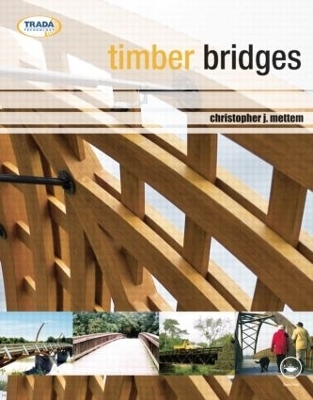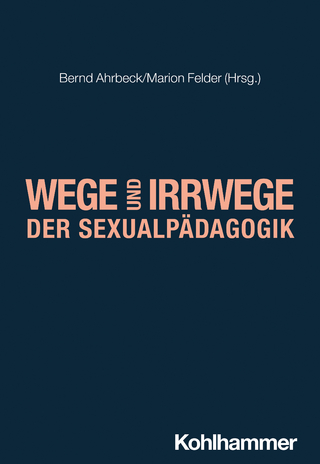
Timber Bridges
Routledge (Verlag)
978-0-415-57796-0 (ISBN)
Bridges built in timber are enjoying a significant revival, both for pedestrian and light traffic and increasingly for heavier loadings and longer spans. Timber's high strength-to-weight ratio, combined with the ease and speed of construction inherent in the off-site prefabrication methods used, make a timber bridge a suitable option in many different scenarios.
This handbook gives technical guidance on forms, materials, structural design and construction techniques suitable for both small and large timber bridges. Eurocode 5 Part Two (BS EN 1995-2) for the first time provides an international standard for the construction of timber bridges, removing a potential obstacle for engineers where timber construction for bridges has not – in recent centuries at least – been usual.
Clearly illustrated throughout, this guide explains how to make use of this oldest construction material in a modern context to create sustainable, aesthetically pleasing, practical and durable bridges. Worldwide examples include Tourand Creek Bridge, Canada; Toijala, Finland; Punt la Resgia, Switzerland; Pont de Crest, France; Almorere Pylon Bridge, the Netherlands.
Christopher J. Mettem worked for many years as an engineering consultant at TRADA and has led many research projects in timber structures, composites and connections, conservation work and timber bridges. Through contracts with government agencies he worked in Africa, Central and South America and in the UK with the Highways Agency. He has served on BS committees for structural timber and was a member of the timber Eurocodes drafting teams. He is now the Chairman of the Glued Laminated Timber Association, which he helped to found. Christopher was one of the three joint authors of Green Oak in Construction, which was shortlisted for the RIBA Book Awards, and has also written numerous other TRADA publications.
1. Benefits of Timber Bridges 2. The Evolutionary Development of the Timber Bridge 3. Durability and Protection by Design 4. Materials 5. Concept Design 6. Decks and Parapets 7. Structural Design 8. Conservation, Maintenance and Repair 9. General Case Studies and Final Recommendations
| Erscheint lt. Verlag | 14.4.2011 |
|---|---|
| Zusatzinfo | 27 Tables, black and white; 5 Line drawings, color; 327 Halftones, color |
| Verlagsort | London |
| Sprache | englisch |
| Maße | 219 x 276 mm |
| Gewicht | 874 g |
| Themenwelt | Sozialwissenschaften ► Pädagogik |
| Technik ► Bauwesen | |
| Technik ► Umwelttechnik / Biotechnologie | |
| ISBN-10 | 0-415-57796-9 / 0415577969 |
| ISBN-13 | 978-0-415-57796-0 / 9780415577960 |
| Zustand | Neuware |
| Haben Sie eine Frage zum Produkt? |
aus dem Bereich


